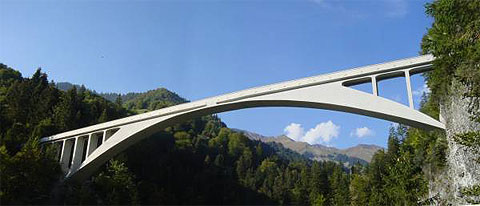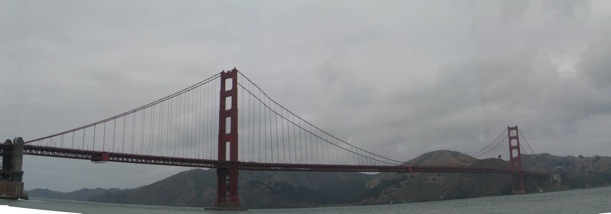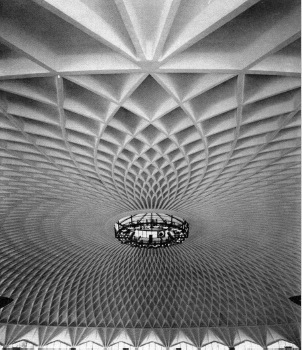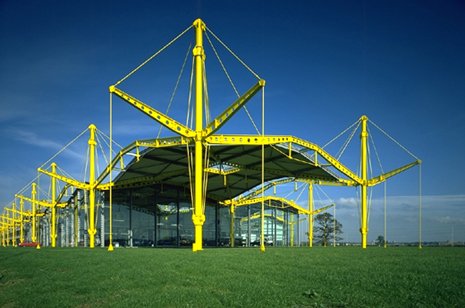Brings a Tear to my Eye

As a trained (but alas non-practicing) engineer, it brought a tear to my eye to read Metropolis
magazine’s list of the top 10 man-made wonders. A bit of a twist
on a traditional list as these are picked by two structural engineers: Craig Schwitter and Leslie E. Robertson (apparently he’s the “éminence grise of American structural engineering”).
Here’s the list, arranged chronologically:
537: The Hagia Sophia; Istanbul
Apparently
the whole thing is made of bricks, which is quite a feat as it took six
years to build and that meant that the shape kept shifting as the
building went up. Apparently it is a bit of a miracle that this
didn’t lead it to collapse

1440: Machu Picchu; Peru
This
makes the list as the design and engineering perfectly complement each
other. For instance, all of the quarters used for industry,
living and religious purposes are specially designed and engineered for
their purposes despite the remote nature of the location and challenge
involved in building there.

1859: Royal Albert Bridge; Saltash, U.K.
This train bridge was designed by Isambard Kindgom Brunel as part of the Great Western Railway
that ran from London to Bristol. Brunel designed everything along
the railway from the bridges to the stations. Incidentally, he
also designed and built the first tunnel under the Thames.
The bridge is still relevant today-a few years back it inspired the design for the new Arizona Cardinals stadium.

1930: Salginatobel Bridge; Shiers, Switzerland
I
don’t remember anything from my first year civil engineering class
except that we looked at some photos of very pretty bridges in
Switzerland. Our professor (whose name I’ve also forgotten) used
them as example of how engineering could be used to beautify the world.
An early practitioner of this was Robert Maillart and this bridge he built is a classic example of what can be done.

1930: Empire State Building; NYC
This
makes the list for two reasons. First, it represented a step
change in the height of skyscrapers. Nothing before had been as
ambitious as this building.
Secondly,
the designers had an uncanny knowledge of how to erect stable
buildings. When the World Trade Center was being built the
engineers (i.e., Robertson mentioned above) tried to understand how
much wind it could withstand. They modeled the Empire State
Building on a computer but when they took measurements inside it they
found that it didn’t move nearly as much as expected. Turns out
the way the masonry is joined with the stone and steel makes it a much
more rigid and sturdy building.

1937: Golden Gate Bridge; San Francisco
Art and science meet. As the author’s say, you can’t help but gasp as you cross the bridge.

1952: Hiroshima Peace Memorial; Japan
It’s not totally clear why this one was chosen-it may have more to do the authors’ pacifist beliefs.

1959: Palazzetto Dello Sport; Rome
This was designed by Pier Luigi Nervi
as the basketball and boxing matches for the 1960 Olympic games.
His style was to use repeated geometric patterns-which apparently is
difficult to do these days as there are few skilled cement pourers.


1972: Olympic Park Roof; Munich
This
entire structure was built without any computer modeling. An
entire department at the University of Stuttgart build multiple scale
models by hand in order to determine the proper tension in each
line. Incidentally, this was designed by Guenther Behnisch, whose son Stefan (while still working at the family firm) designed the stunning new Center for Molecular and Biomolecular Research at U of T.

1982: Renault Distribution Center; Swindon, England
The final item on the list is this gem by Sir Norman Foster (he of the Reichstag, 30 St. Mary Axe
amongst others). This building is one of the best examples of a
building with an exoskeleton: the whole building appears to be tethered
to the ground about some central columns.

Wednesday, February 14, 2007